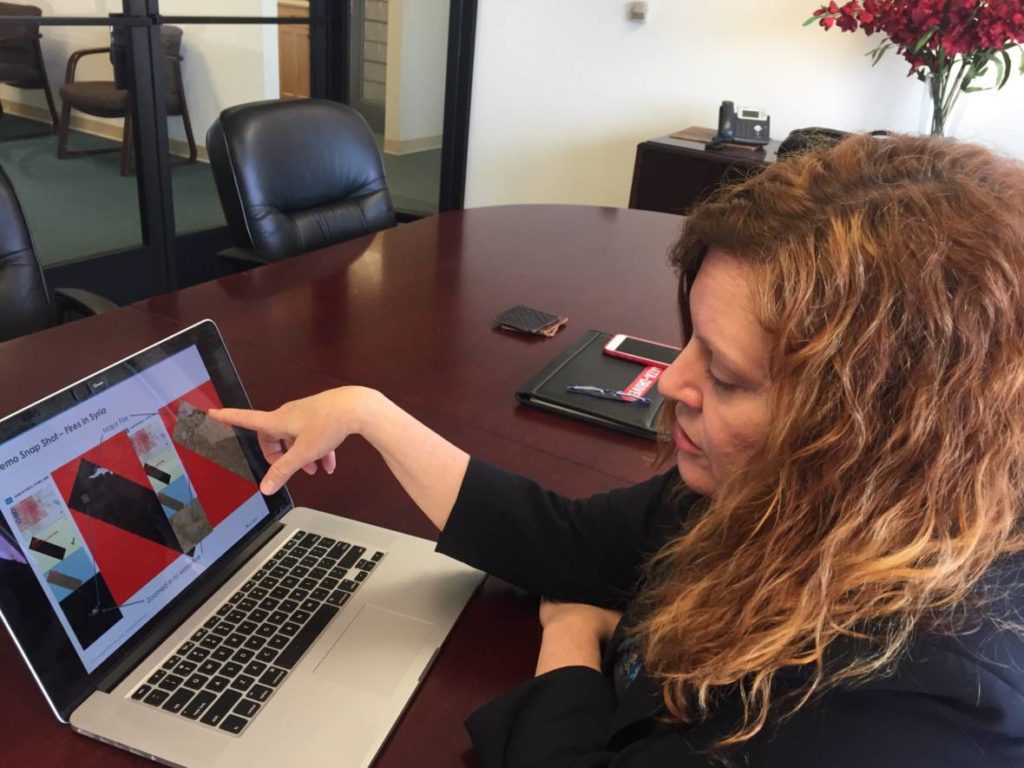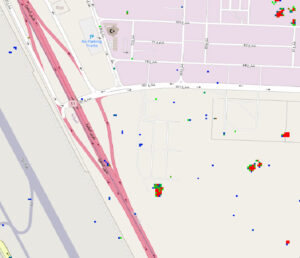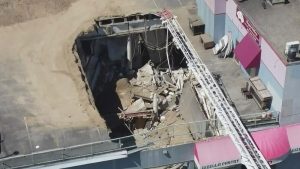KQED’s Tara Siler reports on Simularity’s Automated Image Anomaly Detection System (AI-ADS) as part of Simularity’s proposal for an Intelligent Virtual Border Wall. Using 10,000 year old technology (physical walls) is an ineffective way to protect borders or expensive remote assets. The smart and more effective solution is to use the latest technology to identify suspicious activity and keep the bad guys from evering get near the border. Find out more in Tara’s California Report.
Simularity’s Intelligent Virtual Wall uses artificial intelligence to find patterns in a combination of aerial imagery from drones, remote sensing imagery and multi-spectral bands from satellites, and local sensors such as cameras and vibration sensors. It’s not just for border walls, though. Monitoring remote assets such as pipelines, crops, oil fields, and land usage are also excellent uses for this technology.
“It can tell the difference between a four-legged coyote and a two-legged coyote that is smuggling people,” Derr says.
Our goal is to identify problems before they escalate, such as finding smugglers before they cross the border, or finding leaks before they become environmental disasters. Company’s wanting to secure their assets, such as expensive equipment, and governments looking to secure their borders should consider adding Simularity’s AI to their current monitoring solutions.




